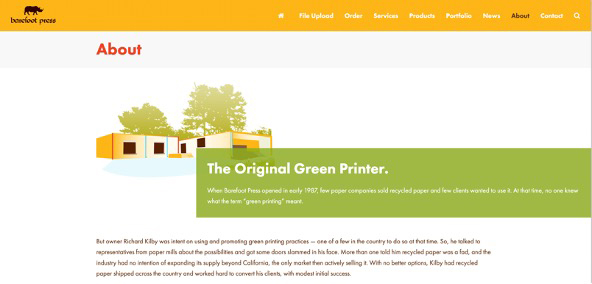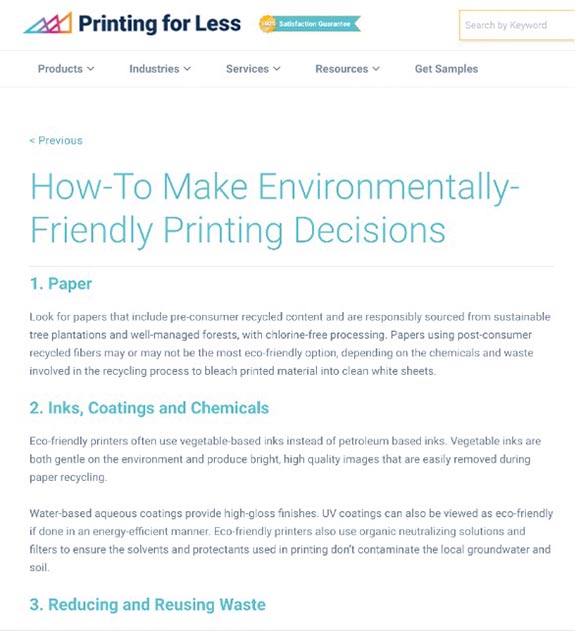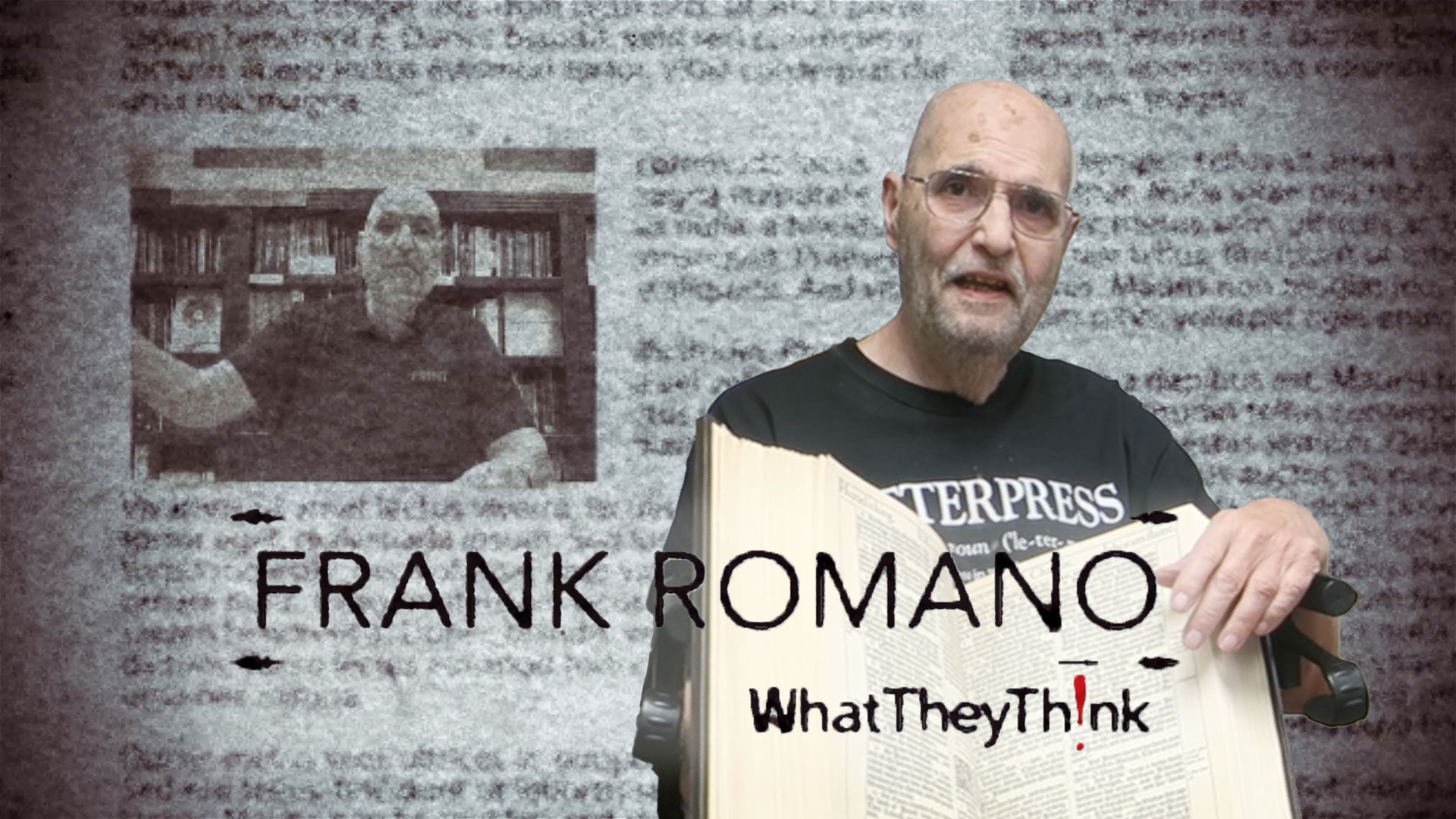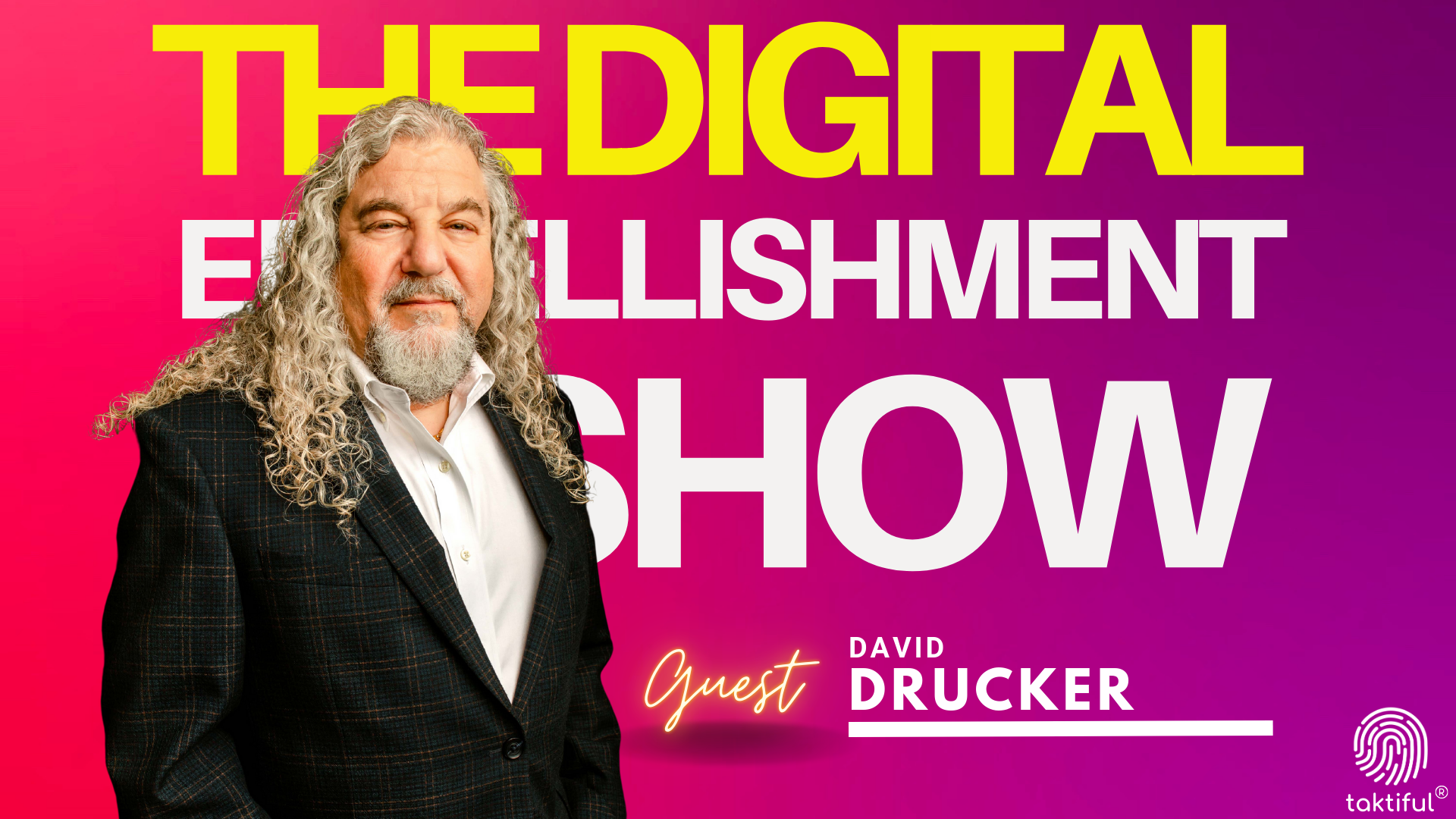Last week, I looked at how consumers are increasingly searching for brands that are sustainable, and when it comes to influencing their shopping behavior, perception is everything. According to eMarketer/Insider Intelligence’s, “U.S. Retail Sustainability Perceptions Benchmark 2022,” brands that are the most proactive about promoting sustainability are perceived as sustainability leaders, whether they are the most sustainable or not. Visibility = perception.
This leads to the question for this week’s article: What story is told in the world of commercial printing? Which printers seen as the most sustainable? According to the survey the answer is visibility, who what happens when we could look at the ultimate visibility mirror: Google rankings? When we Google “eco-friendly printer,” who comes out on top? What can we learn from looking at their websites?
Clearly, this is not a scientific survey, and there are far more factors that go into Google rankings than are visible on a website. Even so, this experiment still provides us with some interesting insights. One of the those insights is that, among top SEO-ranked printers, there are five commonalities that are readily apparent. Let’s take a look at them.
1. Paid ads. When you search for “eco-friendly commercial printer,” the first names that pop up in Google are those willing to pay for visibility. This will change from day to day based on who’s paying for what when. When this experiment was first initiated, the top four were not commercial print shops, but suppliers selling production presses—Smartpress, Epson, HP, and Primera. The next day, Sundance and Smartpress Premium Print jumped into the mix. On day three, Ecoprint made an appearance, as well.
2. Sustainability focus in their company SEO titles. At the time of this search, the first printer appearing in the search based on its home page was Greenerprinter with the SEO title: “Greenerprinter / 100% Eco-Friendly Printing.” (The Print Authority actually comes in at the top of the Google rankings with its “Top Five Environmentally Friendly Printing Companies” page.) EcoFriendly Printer comes in second, with its namesake as its SEO title. Barefoot Press comes in number three with “Eco-friendly printing with soy ink on recycled paper.”

3. Sustainability section on their websites. Consistently, top-SEO-ranked “green” printers have sustainability sections on their websites. These sections not only tell their green story to customers and prospects, but they help with search engine rankings. Printers have given these sections different names, including “sustainability,” “eco-friendly printing,” and “environmental.” In some cases, as exemplified by Barefoot Press, there is no dedicated sustainability page, but rather the “about us” page is used to focus on the topic. Regardless, the additional, dedicated content speaks volumes to the search engines. Content on these pages varies, but the keywords are stacked. The “environmental” page of Sundance, for example, offers its long list of sustainability accomplishments for search engines to find, including its FSC certification and status as the first Sustainable Green Printing Partnership (SGP)-certified facility in Florida. Its 2022 sustainability policy is linked, as well.

4. Common printing benefits are wrapped in sustainable language. Many of these printers tell the same story as they would without a sustainability emphasis, but by wrapping it in “green” language, they create a greener impression. The Print Authority, for example, doesn’t just list its services. It refers to them as “eco-friendly printing fulfillment services.” Although that list is typical of what you would expect from any printing company, when described as “eco-friendly printing services,” the reader and the search engines see them through a different lens. At PsPrint, the company positions itself as environmentally friendly, in part, because its digital production offers lower energy costs, less waste, and lower power use. The fact that its multiple facilities enable it to print closer to the end destination is framed in terms of sustainability, as well: “We automatically print your order at the plant close to you, which reduces the distance your printed products are shipped to drastically cut fuel emissions.” These are all common benefits that printers tout on their websites, but in top SEO-ranked companies, they are often framed through the environmental lens.
5. Prioritizing additional content. More sustainable content = more for search engines to find = higher rankings. Thus, top SEO-ranked “eco” printers prioritize adding additional, dedicated sustainability content throughout their websites. Take The Print Authority’s “The Best Environmentally Friendly Printing Companies” page. The Print Authority places its own company at the top, as expected, but it includes many other printers, as well. While giving visibility to the company’s competitors, the sustainability-heavy content is a huge boost to its rankings. For its part, Barefoot Press has a drop-down menu for “news” that promotes its long list of environmentally focused content, whether it’s green awards won or a shout-out for Earth Day. EcoFriendly Printer hosts a blog dedicated to issues related to sustainability, including a page answering common eco-friendly questions. PrintingForLess has a pagededicated to how to make environmentally friendly printing decisions.

Understanding that Perception = Reality
While this is not intended to be a “how to” for search engine rankings, it gives just a hint of insight into what printing companies are doing to boost their visibility in this area. Meta tags, key search terms, images and other design elements, and continually updated content are key, as well. But the point is that these top SEO-ranked “eco” printers understand that perception around sustainability equals reality, and when it comes to perception, visibility is everything—and their Google rankings make it clear that they not only understand that, but they prioritize the investment in order to get there.









